Sand Compactor: How To Compact Sand With Or Without It
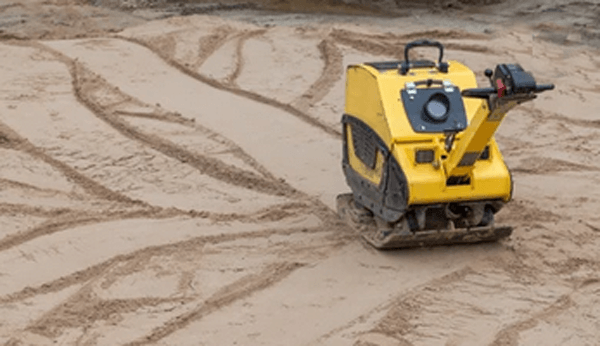
Pores or hollow spaces in soil particles refer to their porosity. Compacted soil has low porosity. Water can be used to compact soil because it fills in the open pores and settles the soil.
It is common for most contractors to never build a building without compaction of the soil on which it stands, but many people disregard the need for a stable surface on which to lay their landscape plans. Many of the problems associated with placing buildings on unstable foundations also apply to landscape projects.
Often, projects involving interlocking pavers are uneven and unstable without proper compaction.
In this article, we will be showing you how to compact sand with or without the compactor.
Usually, plate compactors are employed for compaction purposes. The plate compactor produces vibrations which are then used to compact the granular soils like sands
Contents
How To Compact Sand Without A Compactor
You can compact any type of soil by adding the right amount of water so that it replaces the pores inside the soil.
Following steps should be followed if you want to DIY compact soil (sand or clay) without a machine-like plate compactor.
- Simply mist or trickle water over the soil until it pools on the surface. Use a low-pressure spray nozzle on your garden hose, a sprinkler, or lay perforated soaker hoses on the ground to water your garden.It is best to use low-pressure and drip systems since high-pressure water move the soil on the surface and runs off before it has time to soak into the soil.
- You should allow the water to soak deeply into the soil for about one hour so that it can settle.
- Wait for the water to drain in the soil before watering again until a pool appears on the surface. Continuing to compact the soil until the water can no longer drain into the soil quickly is recommended.
- Clay soil drains more slowly and has less porosity than sandy soil, so you must repeat the process more often with clay soil. Clay soils have a low porosity, which allows for greater compaction.
- A lawn roller or hand tamper can be used to compact the moist soil, or you can walk over it.
This step should only be performed if you want to achieve greater compaction than that achieved with water alone, such as when preparing the soil for a paver stone walkway However, you will then have the problem of regrading that wet and not very level sand, which will just undo all your work.
It is difficult to confine sand (or to be more precise the circular bearing failure) without a large absorbing area. As well as doing damage (localized failure and loosening), anything smaller like a sledgehammer does as much good (compacting a very small area).
How To Use A Compactor On Sand
A truck or a scraper filled with sand or gravel creates a relatively loose condition of the granular material, especially if there is little moisture on the surface.
To provide the required strength, the material should be compacted. Un compacted material can cause future settlements.
Working with granular soils like sand and gravel is challenging. Sand and gravel can allow water to enter or exit the voids within them fairly easily because of the composition of those materials. Water or complete dryness of the voids in the sand will not prevent sand particles from moving.
When these particles are vibrated, they tend to form a dense configuration. Granular soils will have a low cohesion if there is water in their voids.
Following recommendations should be followed for using a compactor on the sand.
- A vibratory plate compactor with a single-directional motion is typically used in landscape projects. Most places that rent equipment have plate compactors available. A single directional plate capable of delivering between 3,000 and 5,000 pounds of centrifugal force is sufficient for most interlocking-paver projects.
- When choosing a plate compactor, you should also take into account the frequency of force the plate exerts on the surface. It is often more appropriate to use a higher frequency if we are using small aggregates for interlocking-pavers.
- Gasoline engines are mounted to a unit that vibrates a flat skid plate on some excellent flat plate vibrators. A 6-inch lift or depth is achieved on sands and small gravels with these machines. These vibrating plates are commonly used in small trenches and for installing small-diameter pipes.
- In the case of lifts that are thicker than 6 inches, flat plate vibrators are not recommended due to their limited power and impact force.
How To Compact Polymeric Sand Without A Compactor
Among the many materials used for paver joints, polymeric sand fills the spaces between the pavers, tiles, and natural stones. Paver sand, hardscape sand, jointing sand, are all terms used to describe it.
Manufacturers add specific additives to jointing sand, which is composed of fine grains. Treating polymeric sand with water compaction explained in Section 1 is not sufficient. It will leave the pores.
For sand or polymeric sand to settle in the joints between pavers, the vibration of the compactor is critical. The vibration is what makes it look like the cracks are full, even though below the bridge they are empty/hollow.
Furthermore, vibrations compact the sand grains with fine dust between them, which further reinforces their joining.
To sum up, it is not recommended to not compact polymeric sand with a compactor. Use of plate compactor is recommended.
Conclusions
To conclude this article showed us how we can compact sands without a compactor. The key is to add water, that will fill up the pores with water. Hence, the porosity will decrease and compaction will increase. While doing so is only recommended for small home compaction projects.
Sands are always best compacted with vibrations and plate compactors are the ideal piece of devices for compacting granular soils like sands using the vibrations. You can easily rent out plate compactors.
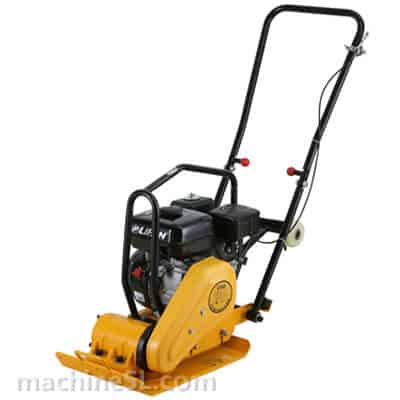
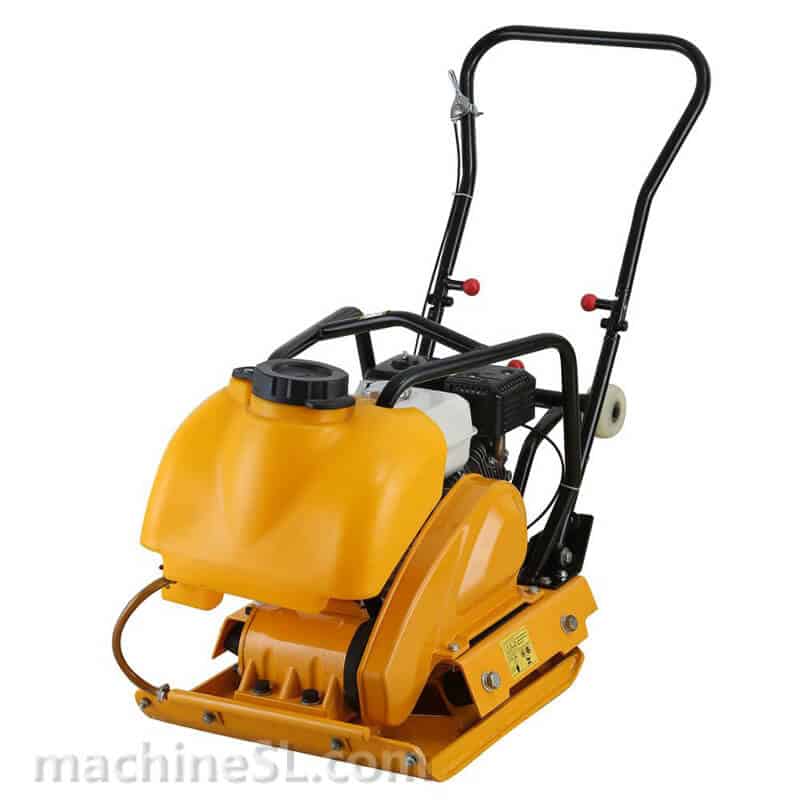
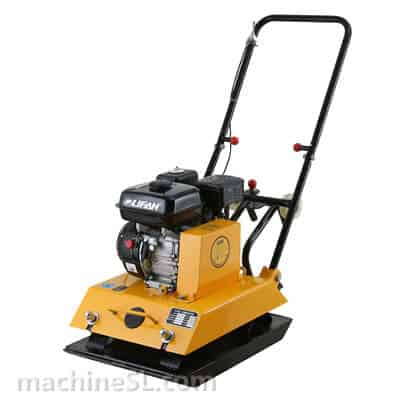
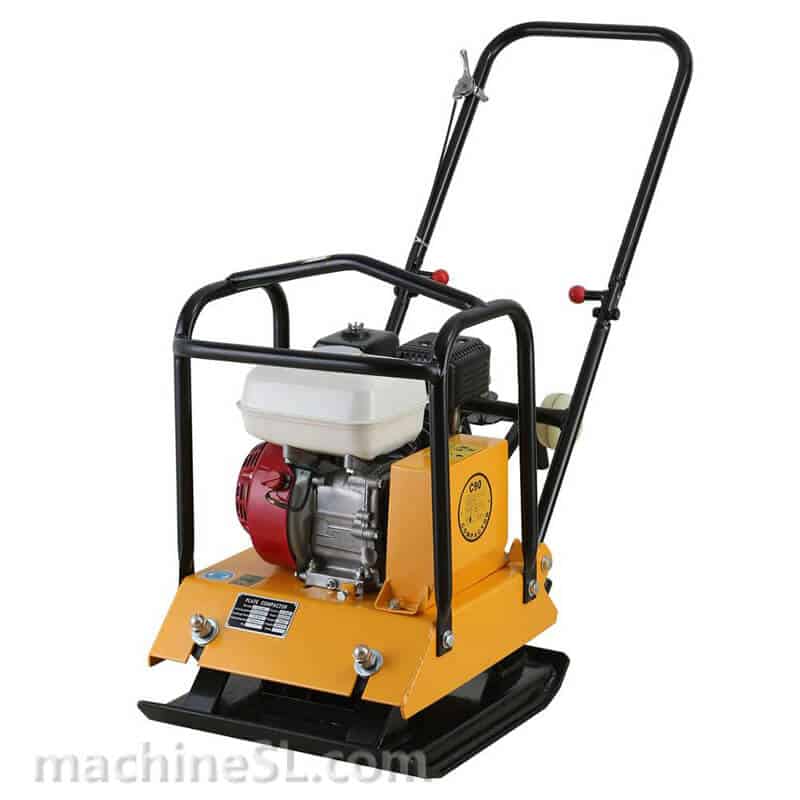
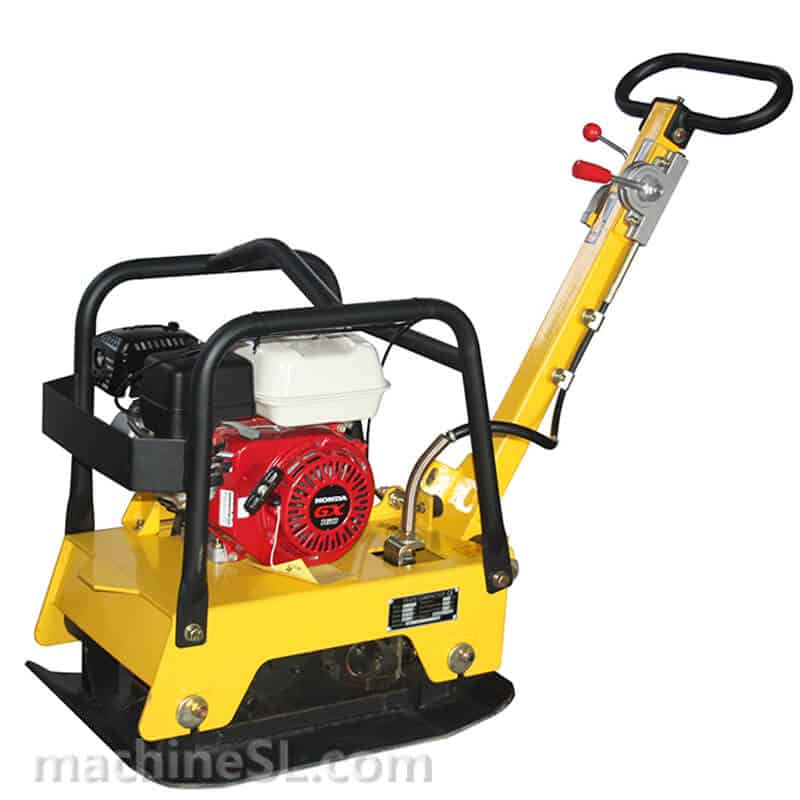
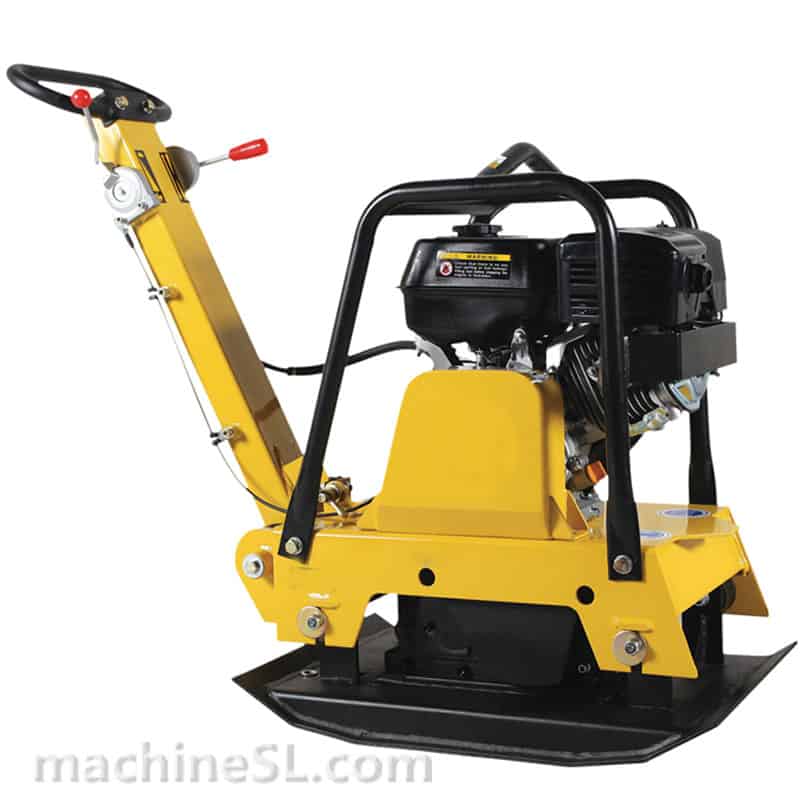
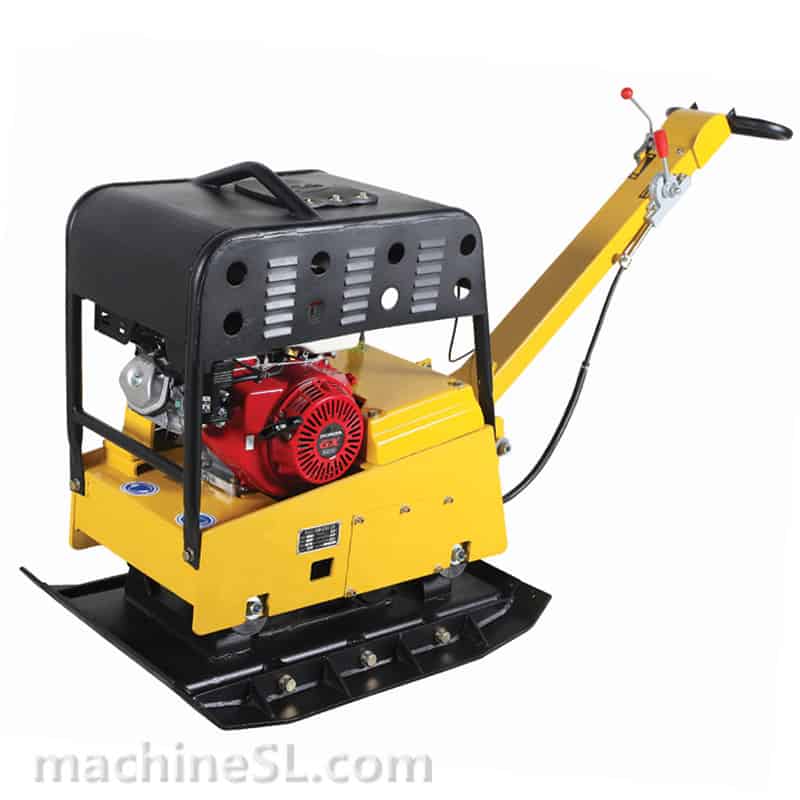
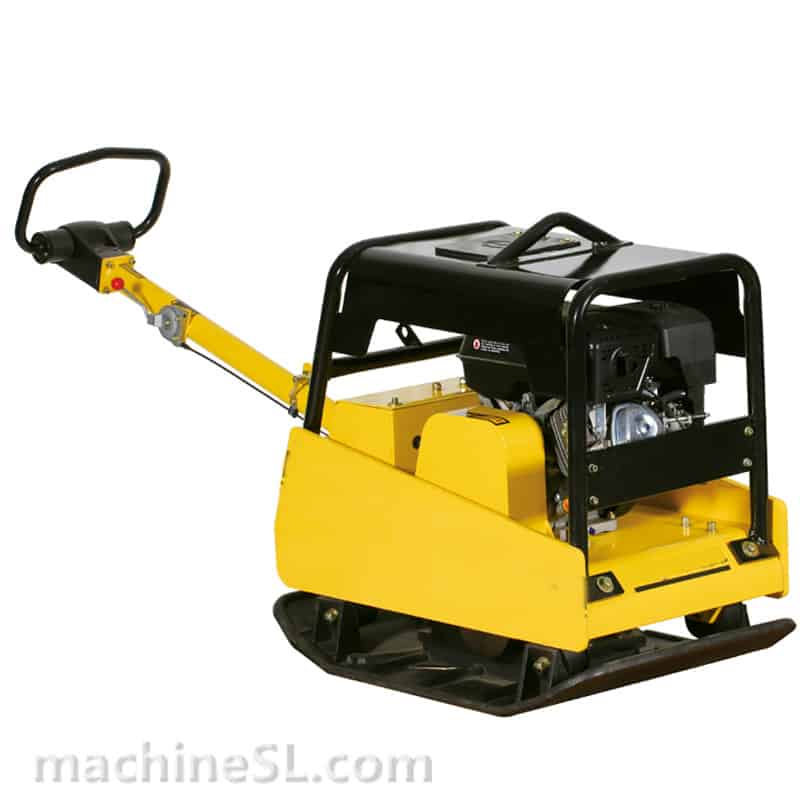
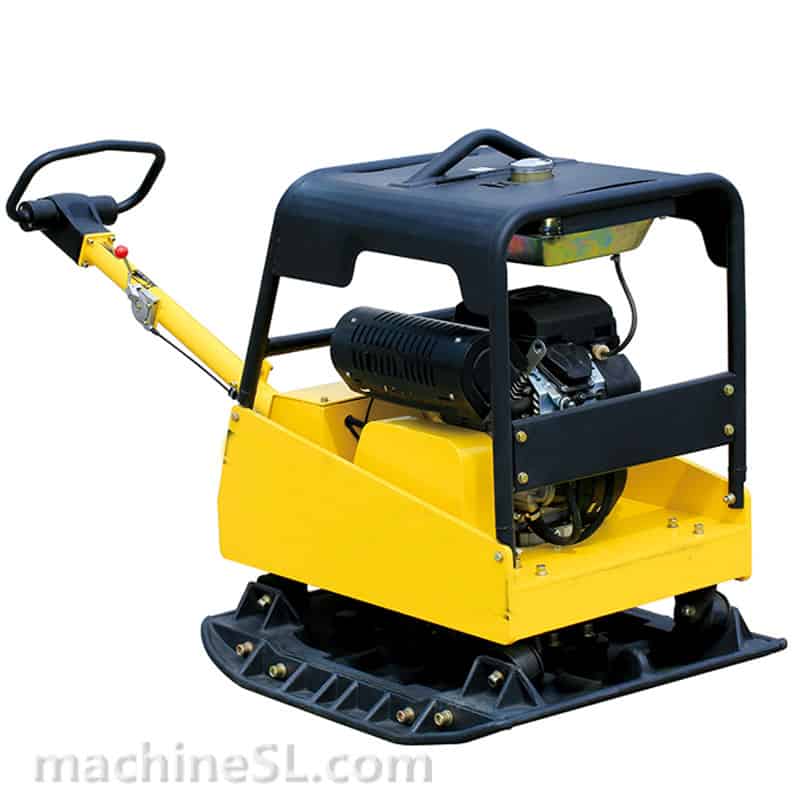
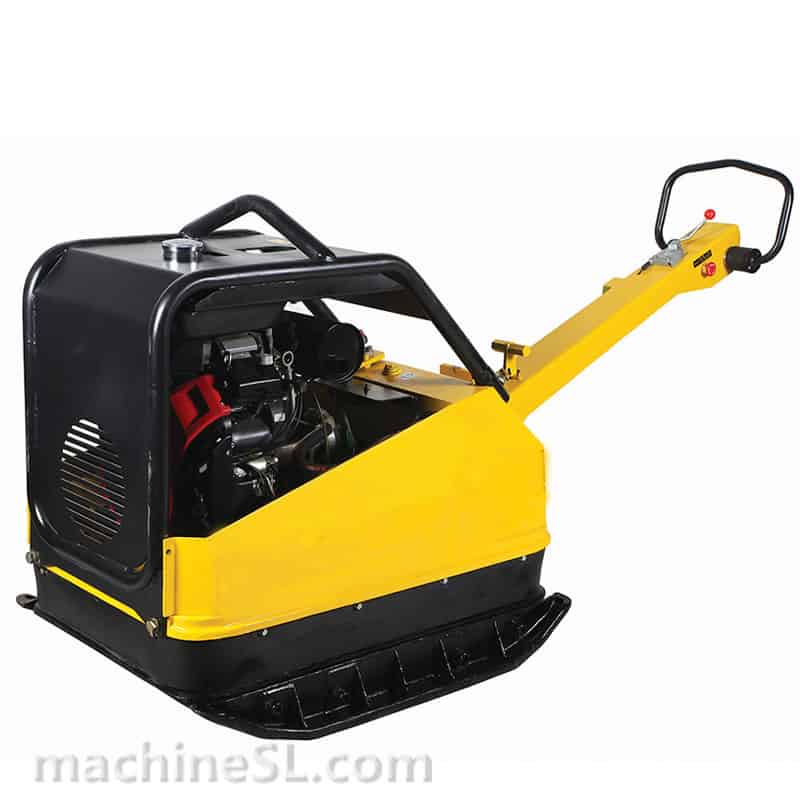
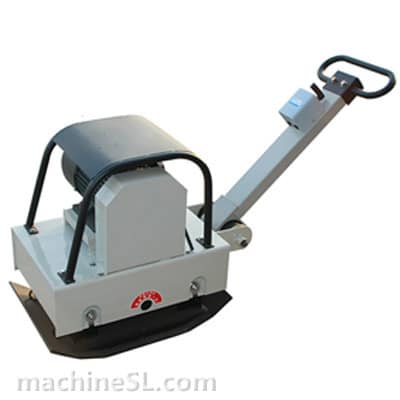
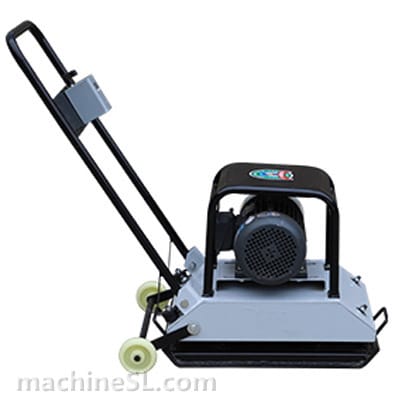
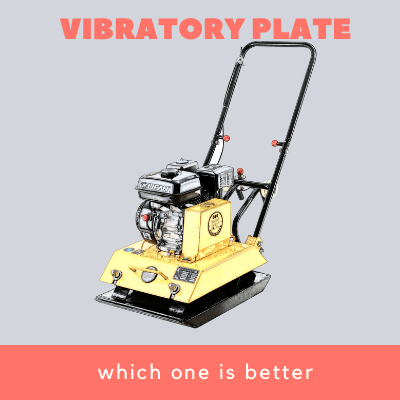
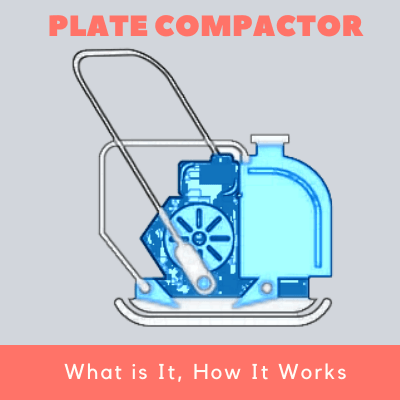
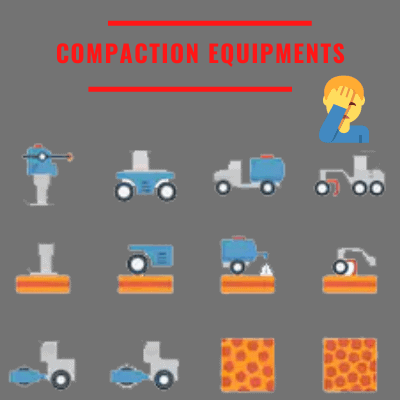
Oh my God! I really like it when you highlighted that we can simply walk over a moist soil to make it more compact. My uncle has been figuring out a cost-effective way to flatten the sand in his backyard. I’ll ask him to consider this option so the end result will be satisfactory later.
thanks
Can we actually compact sea sharp sand? I would like to get a genuine answer.
let’s keep in email